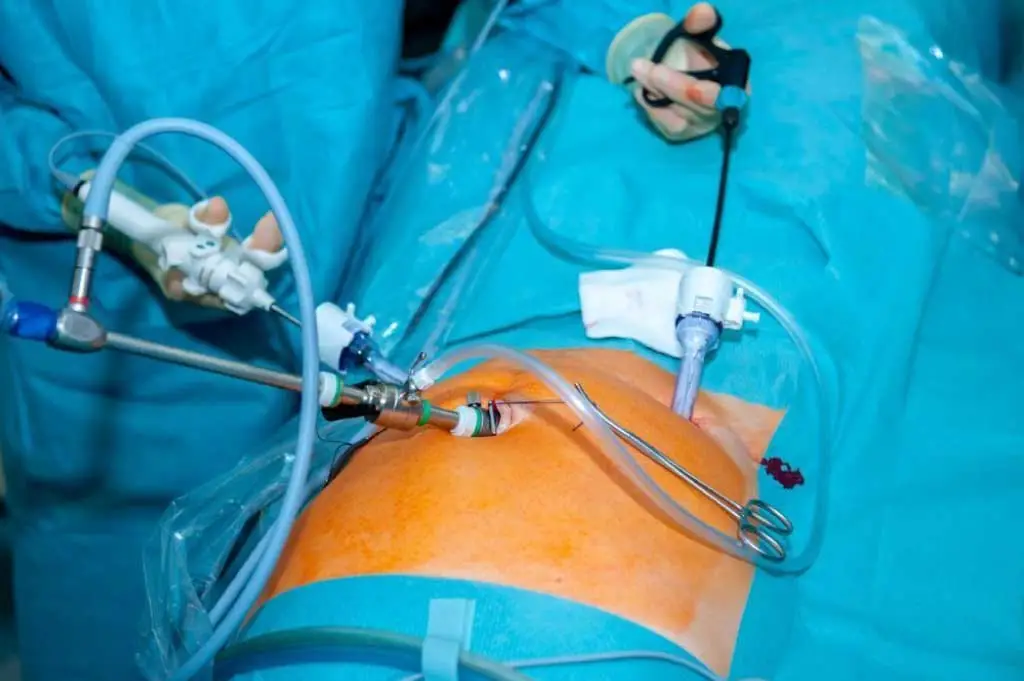Laproscopy

Endometriosis is a common health condition that affects about 1 in 10 women during their reproductive years. It occurs when tissue similar to the lining of the uterus grows outside where it should be. This tissue can be found on the ovaries, fallopian tubes, and other areas in the pelvis. While it may sound scary, understanding endometriosis is the first step to managing it effectively.
What is Laparoscopy?
Also known as keyhole surgery, laparoscopy allows doctors to see inside your body using a thin tube with a light and camera (laparoscope). The camera sends images to a screen, giving surgeons a clear view while they work.
Common Uses of Laparoscopy
| Purpose | Conditions | Benefits |
|---|---|---|
| Diagnosis | Pelvic pain, infertility | Clear views, small cuts |
| Treatment | Cysts, fibroids | Faster healing |
| Cancer staging | Ovarian, uterine cancer | Less scarring |
| Reproductive issues | Endometriosis, PCOS | Quick recovery |
Advantages of Laparoscopic Surgery
- Smaller incisions
- Less pain after surgery
- Shorter hospital stay
- Faster return to normal activities
- Lower risk of infection
- Minimal scarring
Comparison with Traditional Surgery
| Aspect | Laparoscopy | Open Surgery |
|---|---|---|
| Incision size | 0.5-1 cm | 10-15 cm |
| Hospital stay | 1-2 days | 3-5 days |
| Recovery time | 1-2 weeks | 4-6 weeks |
| Pain level | Mild to moderate | Moderate to severe |
| Scarring | Minimal | More visible |
Common Types of Laparoscopic Procedures
- Ovarian cyst removal
- Fibroid removal
- Endometriosis treatment
- Hysterectomy
- Fallopian tube surgery
- Diagnostic evaluations
© 2024 Dr. Rubeena Zainab. All Rights Reserved.